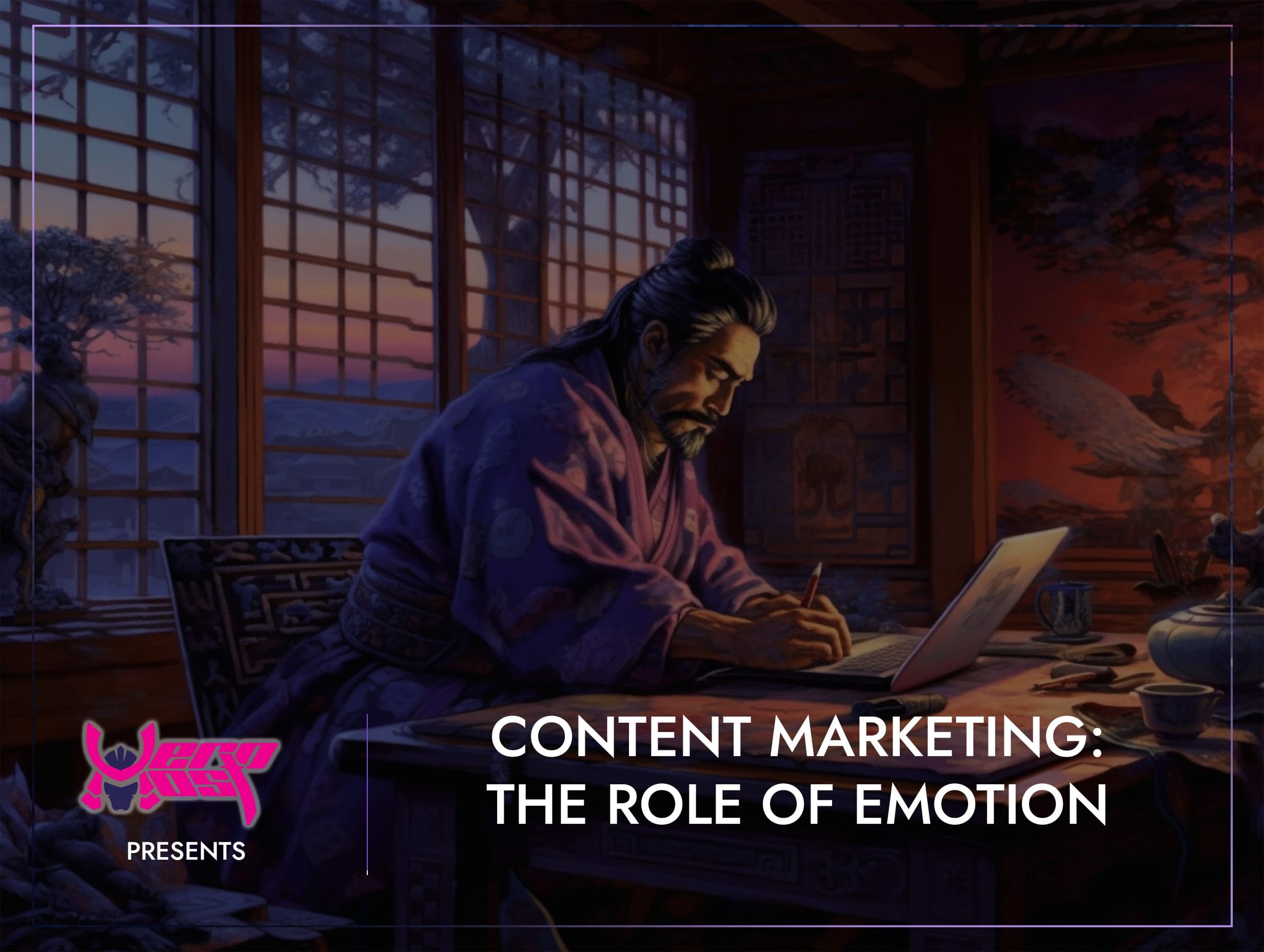Content Marketing: Storytelling Best Practices
- Home
- Content Marketing
- Content Marketing: Storytelling Best Practices

- Mikey Ryu
- April 26, 2024
- 0
Content Marketing: Storytelling Best Practices
Storytelling is an art form as old as humanity itself, weaving together words, emotions, and experiences to create narratives that captivate and inspire. In the realm of content marketing, storytelling isn’t just a creative outlet—it’s a strategic tool for engaging audiences, building brand identity, and driving action. In this blog, we’ll explore storytelling best practices, offering insights and strategies for crafting compelling narratives that resonate with your audience and leave a lasting impression.
Know Your Audience
Before you can craft a compelling story, you need to understand your audience. Who are they? What are their interests, desires, and pain points? Conduct thorough audience research to gain insights into the demographics, psychographics, and behaviours of your target audience. Use this information to tailor your storytelling approach and create narratives that resonate with their needs and preferences.
Start with a Strong Hook
The opening of your story sets the tone for the entire narrative, so it’s essential to grab your audience’s attention from the very beginning. Start with a strong hook—a compelling opening line or image that piques curiosity and draws readers in. Whether it’s a provocative question, a shocking statistic, or a vivid description, the hook should intrigue your audience and compel them to keep reading.
Develop Compelling Characters
At the heart of every great story are compelling characters that readers can relate to and empathize with. Take the time to develop rich, multidimensional characters with distinct personalities, motivations, and flaws. Whether they’re based on real people or fictional creations, your characters should feel authentic and engaging, driving the narrative forward and connecting with your audience on an emotional level.
Establish Conflict and Tension
No story is complete without conflict and tension—the driving forces that propel the narrative forward and keep readers engaged. Identify the central conflict or challenge facing your characters and use it to create suspense, drama, and intrigue. Whether it’s a personal struggle, a professional dilemma, or an external threat, the conflict should be meaningful and relatable, resonating with your audience’s own experiences and aspirations.
Show, Don’t Tell
One of the cardinal rules of storytelling is to show, not tell. Instead of simply stating facts or information, use vivid descriptions, sensory details, and dialogue to immerse readers in the world of your story. Show them the sights, sounds, and emotions of your characters’ experiences, allowing them to draw their conclusions and form their interpretations.
Maintain Consistency and Authenticity
Consistency is key to building trust and credibility with your audience. Stay true to your brand voice, values, and messaging throughout your storytelling efforts, ensuring a cohesive and authentic experience for readers. Avoid gimmicks or exaggerated claims that may undermine your credibility and alienate your audience. Instead, focus on telling genuine stories that resonate with your brand identity and mission.
Deliver a Satisfying Resolution
Every great story needs a satisfying resolution that ties up loose ends and leaves readers feeling fulfilled. Whether it’s a happy ending, a bittersweet conclusion, or a cliffhanger that leaves them wanting more, the resolution should provide closure while also leaving room for further exploration or reflection. Make sure the resolution is consistent with the themes and messages of your story, reinforcing key takeaways and leaving a lasting impact on your audience.
Conclusion
In conclusion, storytelling is a powerful tool for engaging audiences, building brand identity, and driving action in the realm of content marketing. By following these best practices—knowing your audience, starting with a strong hook, developing compelling characters, establishing conflict and tension, showing rather than telling, maintaining consistency and authenticity, and delivering a satisfying resolution—you can craft compelling narratives that resonate with your audience and inspire them to take action. So whether you’re writing a blog post, creating a video, or launching a social media campaign, remember the power of storytelling to captivate hearts and minds and make a lasting impression.
Search
Categorys
- Branding (12)
- Business Growth Guides (3)
- Business Insights (3)
- Content Marketing (43)
- Domain Authority (19)
- Email Marketing (28)
- Google Analytics & Search Console (5)
- Hack or Not (2)
- Hero Host News (0)
- Inbound Marketing (32)
- Lessons From Asia (40)
- Marketing Guides (11)
- Martial Arts Journey (14)
- Outbound Marketing (8)
- Search Engine Optimisation (SEO) (41)
- Social Media Marketing (38)
- Web Design (20)
- Website Hosting (4)
- Wordpress (2)






